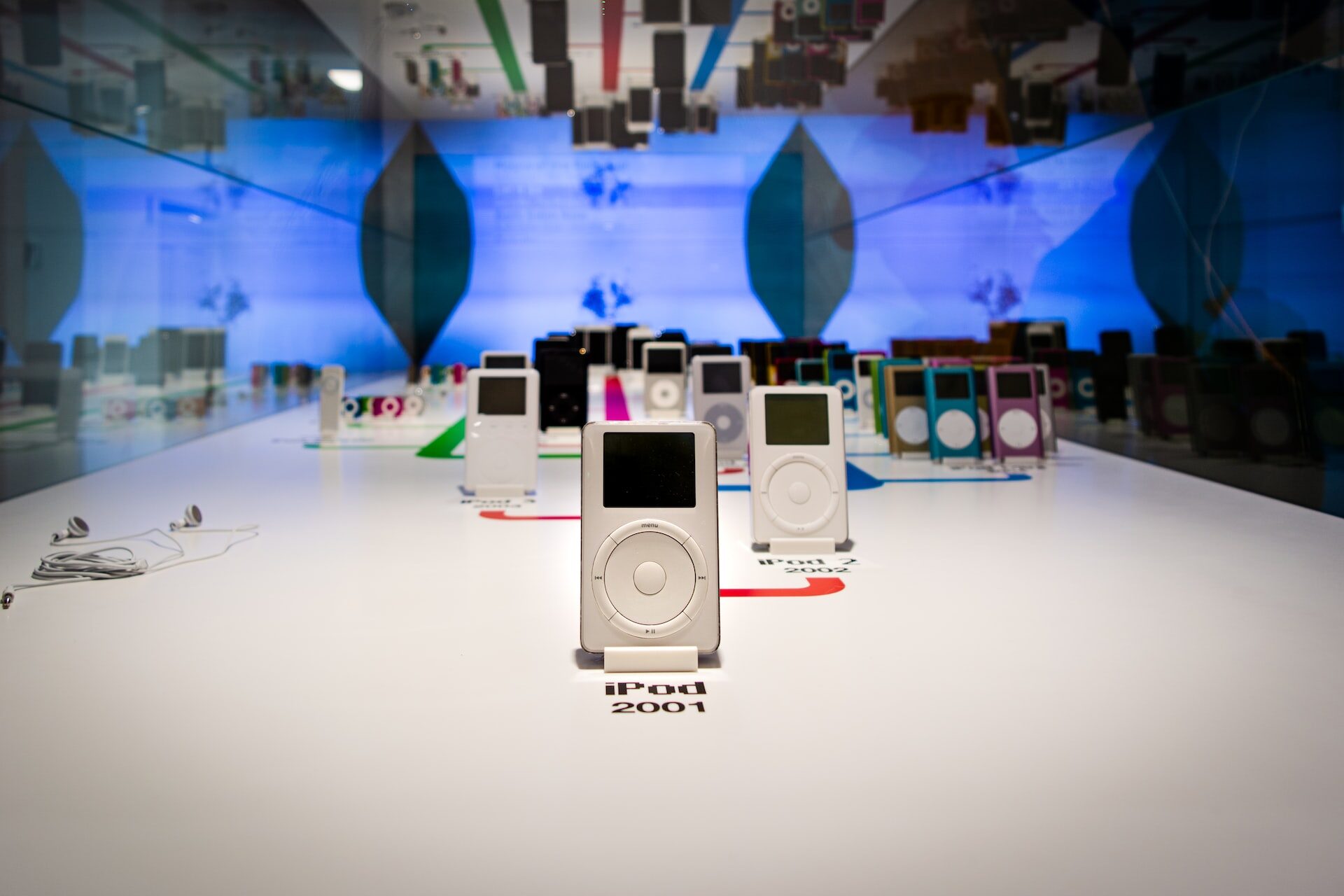
You Need to Know About These 6 Outstanding Engineering Innovations
February 3, 2023 - Emily Newton
Revolutionized is reader-supported. When you buy through links on our site, we may earn an affiliate commission. Learn more here.
2022 was a big year for engineering innovations, with developments in everything from clean energy to prosthetic limbs. Startups, researchers, scientists and engineers worldwide contributed to breakthroughs in science and technology. A few advances stand out for their contribution to the planet, people and science. These are the top six outstanding engineering innovations of the last year.
1. Robotic AI Prosthetic Hand
Ukrainian-founded biotech startup Esper Bionics is creating the future of prosthetic limbs. The Esper Hand is an AI-powered prosthetic arm that can mimic the movements and dexterity of a natural hand. The user wears a non-invasive brain-computer interface that allows them to control the prosthetic arm wirelessly like a real one.
Not only does the prosthetic arm move realistically, but it also uses AI and machine learning to become more attuned to the user’s movements over time. This allows each Esper Hand to self-learn its user’s movement patterns, making them effortless for the user to perform.
The Esper Hand only weighs 380 grams, lighter than most prosthetic arms available today. The design is sleek and minimalistic, making it much more stylish to wear than other prosthetic limbs. In fact, in 2022, Esper Bionics won a Red Dot Award for the design of the Esper Hand. Esper Bionics plans to develop a lower-body prosthetic with the same technology next.
2. World’s First Hydrogen-Powered Train
In 2022, Germany launched the world’s first hydrogen-powered fleet of passenger trains. The 14 Coradia iLint trains are running in Lower Saxony, where they will eventually completely replace diesel-powered trains along the regional rail line. The Coradia iLint fleet represents a considerable step forward in hydrogen-powered transportation, which will play a vital role in the transition to clean energy.
When most people think of electric vehicles, they think of batteries. However, hydrogen fuel cells play an essential part in the future of green transportation. Battery-electric transportation is difficult to scale for large vehicles due to the size and cost of the batteries needed. Hydrogen fuel cells provide an alternative that scales like gas or diesel but emits zero greenhouse gasses.
Germany’s groundbreaking hydrogen-powered trains are good for people as well as the environment. Project leaders note the new trains are quieter and don’t emit fumes and pollution at train stations. As a result, passengers can breathe cleaner air and experience a more enjoyable train ride. The Coradia iLint fleet is likely the first of many clean hydrogen-powered public transportation projects over the next few years.
3. Everyday Fusion Reactor
Multiple research projects made huge strides toward practical, everyday fusion power in 2022. The two most significant advances included a joint project led by MIT’s Commonwealth Fusion Systems and a project at the Lawrence Livermore National Laboratory’s National Ignition Facility. Fusion power has long been the white whale of the energy industry, always just out of reach, but new approaches developed this year show real progress.
In 2022, MIT collaborated with ITER — an international organization dedicated to developing clean fusion power technology — to design and construct the SPARC fusion reactor. This prototype is still under development, with construction in progress since December 2021. However, it will be the world’s first net energy gain compact fusion reactor when it is finished.
The National Ignition Facility is one step ahead of MIT. In December 2022, the National Ignition Facility successfully achieved net energy gain from an experimental reactor in Livermore, California. This experiment marks the first time in history that a fusion reactor produced more energy than it consumed. The project still has a long way to go, but this was a critical achievement in fusion technology development.
Both of these developments follow in the footsteps of other recent engineering innovations in fusion technology, including the Joint European Torus project, which produced a record-breaking 59 megajoules of energy in 2021. Fusion power could theoretically provide limitless clean power, but it requires massive amounts of energy. A reactor that can produce more energy than it needs to run will allow fusion power to be a viable power source.
4. The James Webb Space Telescope
The James Webb Space Telescope (JWST) made history when it launched in December 2021. This telescope is the most powerful one ever launched to orbit, resulting from years of development by scientists worldwide. It is one of the crowning engineering innovations of modern astronomy and space exploration. The first round of incredible photos released in July 2022 and quickly became a trending topic all over the internet.
The James Webb Space Telescope isn’t just taking stunning pictures of the universe — it has several important scientific objectives, including furthering the search for Earth-like exoplanets. The sensors on the JWST are more powerful than anything on older exoplanet-hunting telescopes, which allows it to give scientists much more information about planets outside our solar system.
The JWST is also peering further into the universe than any telescope has before, potentially helping reveal how the universe formed. It is actually looking millions of years back in time when it observes extremely distant galaxies due to the way light travels through space. While humans may never know what these distant galaxies look like now, knowing what they were like millions of years ago could be just as valuable for learning about the universe’s origins.
5. Cell-Cultured Wood
In May 2022, researchers at MIT successfully developed the world’s first wood grown entirely in a lab. Known as cultured wood, this timber involves no live trees or even planting. The researchers used cells from the leaves of zinnia plants to artificially grow wood that can 3D print into any shape the user wants. This is one of 2022’s most exciting engineering innovations because it could create wood products without cutting down any live trees.
Cell-cultured wood is a huge step forward in sustainable manufacturing. Countless supply chains rely on timber, but forests are crucial for biodiversity and fighting climate change. It would be revolutionary for the global supply chain if people could produce wood and timber-based products without needing live trees.
MIT research team member Ashley Beckwith is continuing the project’s research with Foray Bioscience, a startup she founded in 2022. Foray’s mission is to protect forests with the help of cell-cultured 3D-printed wood. This technology has incredible potential, so hopefully, Foray Bioscience is the first of many new businesses that adopt cell-cultured lumber to help build more sustainable supply chains.
6. Clean Energy from Waves
The Oscilla Power Triton energy system is taking clean power generation to the seas. The Triton harvests energy from ocean waves, potentially providing an estimated 2,300 terawatts of electricity per year just in the U.S. That figure multiplies numerous times when looking at wave energy for the whole world. Making use of this clean energy could be a big help in meeting climate goals.
The Oscilla Power Triton wave energy converter consists of a platform that floats at the surface with a reaction ring and system of tendons submerged beneath it. The Triton captures kinetic energy from waves and converts it into electrical energy, with a 75% efficiency rate. It is built out of readily available parts, making it affordable to manufacture on a large scale. The Triton can even submerge itself during extreme weather events and continue generating power simultaneously.
The Triton wave energy converter is an inspiring innovation in clean energy. It is built on an accessible supply chain and technology that is easy to deploy. Wave energy is one of the most valuable untapped clean energy sources today, with the potential to provide tens of thousands of terawatts of power worldwide. Technology like the Oscilla Power Triton could be the perfect complement to wind and solar power, helping the world switch to entirely renewable energy.
2022 — A Big Year for Engineering Innovations
From intelligent prosthetic limbs to telescopes that see into the past, 2022 saw some groundbreaking engineering innovations. Technologies that were once only possible in science fiction are now becoming a reality. 2022 marked a turning point for many technologies, especially clean energy and electric transportation. In 2023 and beyond, expect to see these advancements seed more incredible innovations.
Revolutionized is reader-supported. When you buy through links on our site, we may earn an affiliate commission. Learn more here.
Author
Emily Newton
Emily Newton is a technology and industrial journalist and the Editor in Chief of Revolutionized. She manages the sites publishing schedule, SEO optimization and content strategy. Emily enjoys writing and researching articles about how technology is changing every industry. When she isn't working, Emily enjoys playing video games or curling up with a good book.






Emily,
For years I have been stressing the importance of improving metering accuracy as the only rigorous and fundamental step towards detecting water loss in urban water mains. Your recent editorial “How To Improve Data Accuracy For Better Decision-Making In Water Utilities” again points out the importance of metering accuracy and “smart” metering as primary drivers for water utility improvement.
Unfortunately, public utilities, making profit on water losses, have demonstrated very little incentive to detect leakage losses in aging water main systems. Yes, it’s a huge problem, with over 20% losses being the norm / average.
Working in the field of civilian and military/aerospace flow metrology, I was astonished to find the laxity of water utility management’s approach to water management. Low uncertainty calibration of large flow sensors is the basic fundamental requirement for early water main leak detection — and industry-wide failures to implement same contravenes the very basic tenets of ISO 9000, ANSI/ASME NQA-1, MIL-I-45208, etc., quality management systems.
Yet there are no low uncertainty large water flow calibration systems in any water utilities. Even LADWP, the Nation’s largest municipal water utility does not have said capabilities — even though its necessity was pointed out by CA-DWR. (And by myself.)
It is noteworthy, that for any large municipal water utility, the costs of implementing a low uncertainty large flow calibration facility would be less than the value of a few months of their water losses.
Yes, the problem of water main leakage losses is huge, and will be a decades long continuous process, but we have to start with fundamentals : the ability to accurately measure water requires low uncertainty large flow calibration facilities.